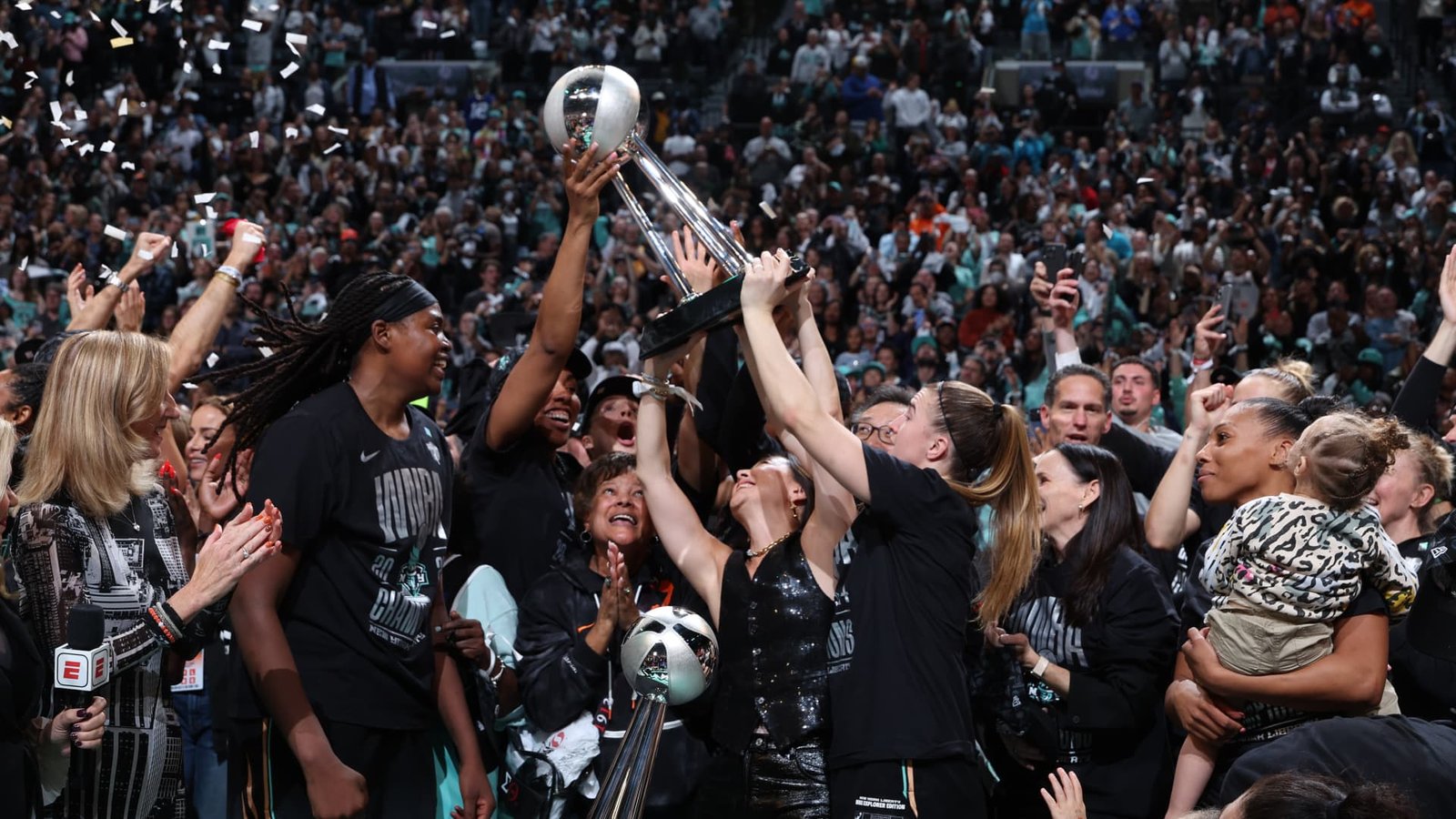The advertising market is expected to have a positive momentum heading into 2025, particularly for media companies holding sports rights and key live programming. Sports and live events, such as awards shows, were highlighted in discussions with media executives regarding their outlook on the advertising market for the upcoming year. The resolution of uncertainties surrounding the election has also contributed to an improved outlook, according to industry experts.
Despite the trend of consumers moving away from traditional TV packages and an increase in ad spending on streaming platforms, executives stressed the ongoing importance of traditional TV, especially in the context of sports content. The market is anticipated to remain stable, with hopes of overcoming the recent slowdown in ad spending.
Mark Marshall, NBCUniversal’s chairman of global advertising and partnerships, described the advertising market as normalizing post-election, with increased confidence among companies. The industry has observed a rise in scatter market budgets in the fourth quarter, indicating a shift towards closer ad buying to air dates.
Executives foresee a strong first quarter, acknowledging the challenges posed by election years in the fourth quarter due to heightened competition in the advertising space. Despite the positive post-election trends and projected market stability, Natalie Bastian, global chief marketing officer at Teads, anticipates continuity in existing trends, with budgets from significant events like the Summer Olympics and presidential election carrying over into the new year.
The global advertising industry is projected to exceed $1 trillion in total revenue for the first time this year, excluding U.S. political advertising, with an expected 7.7% growth in 2025 to reach $1.1 trillion. Digital platforms, including retail media, are identified as the primary drivers of this growth.
TV advertising, considered highly effective, is forecasted to grow by nearly 2% in 2025 to $169.1 billion in total global ad revenue. In comparison, ad revenue for pure-play digital platforms is expected to increase by 10% to $813.3 billion globally in 2025, driven by platforms like YouTube and TikTok.
The appeal of sports content to audiences and advertisers remains strong, prompting media companies to invest significantly in securing broadcasting rights for games. Live sports commercials have shown a 24% higher engagement rate compared to other programming, emphasizing the importance of sports content for media engagement.
The popularity of women’s sports, particularly driven by the WNBA, has seen a notable increase, offering advertisers more opportunities. Despite the growth, there is still room for expansion, as women’s sports accounted for only 3% of the total sports TV ad spending in 2024.
The landscape of linear TV and streaming services continues to evolve, with streaming platforms acquiring sports rights while linear TV maintains a substantial audience base. Advertisers are exploring ways to integrate linear and streaming platforms for effective ad distribution, recognizing the strengths of each medium.
Executives emphasize the need to view linear and streaming platforms as complementary rather than competing, highlighting the importance of a unified approach to TV advertising. The convergence of digital and linear television advertising is seen as a key strategy for maximizing audience reach and enhancing targeting and performance for advertisers.




